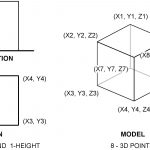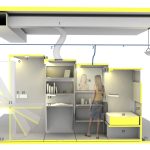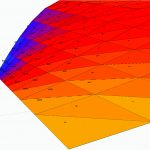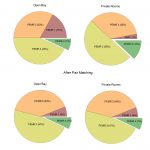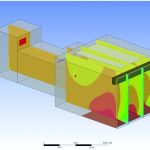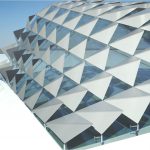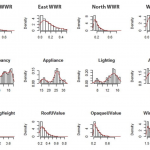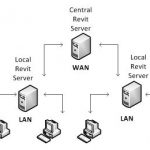
As architects computerize their design practices they are faced with unique networking challenges. One of these is the “wide area design” problem. This is the problem of collaborating on large architectural projects from geographically dispersed locations. Revit, in particular, presents acute collaboration challenges owing to its large monolithic file sizes and its rigid synchronous database... Read more »

